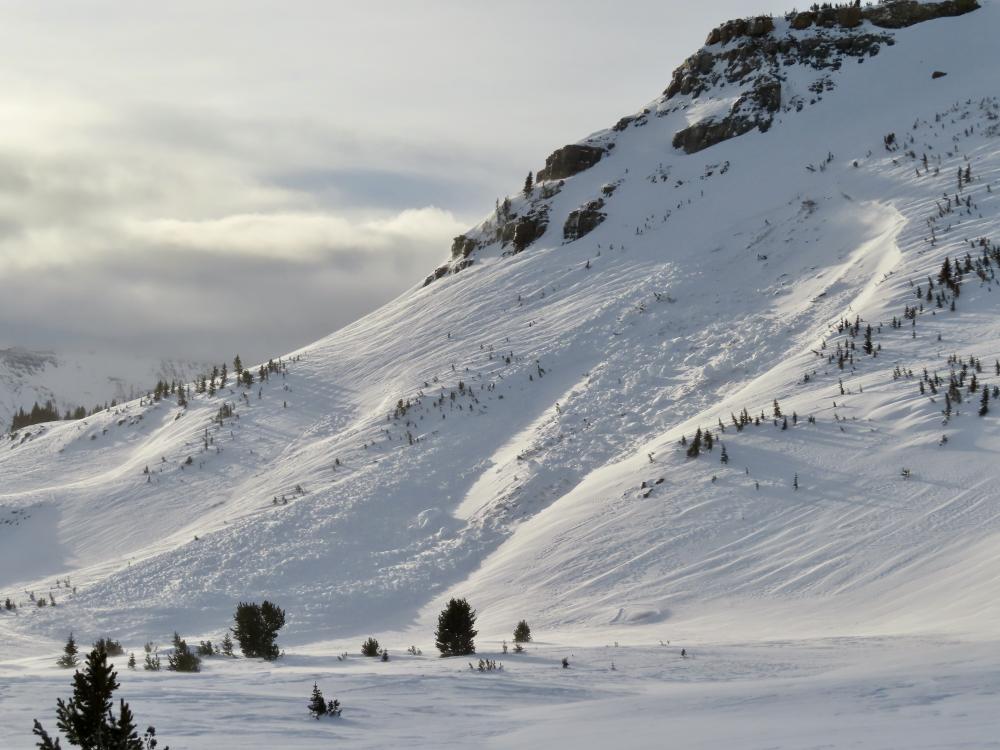By Ian Hoyer EBS COLUMNIST
If you can reliably answer that question, you’re well on your way to staying safe from avalanches.
There are four elements needed for an avalanche: a cohesive slab of snow, a weak layer, a trigger and a steep slope. If you’re missing any of those elements, you can’t get an avalanche.
If you’re nearby, there is always a potential trigger: You! Ninety percent of avalanche accidents are triggered by the victim or a member of their party. In Montana, it’s usually a pretty safe bet that there will be a slab and weak layer of some sort in the snowpack. Then, it’s a question of whether or not that slab or weak layer combination is unstable. That is tricky to figure out. You can learn techniques to assess the snowpack, but there is no way to be 100% sure. That leaves the choice of whether or not we go near steep slopes as the element we can most reliably control.

Except for very rare circumstances, avalanches don’t happen on slopes less than 30 degrees steep. If you keep off of and out from under all hills steeper than 30 degrees, you won’t get caught in an avalanche. If you are happy riding trails, cross-country skiing, snowshoeing or otherwise recreating in the flats, avalanche safety can be as simple as that. Just be really really sure to stay far out from underneath steep hills, as avalanches can run surprisingly far distances.
If you do want to ride on steeper slopes, it’s still important to be able to identify avalanche terrain, so you can know when you’re exposing yourself to potential danger and can decide if that’s an appropriate decision for the day.
Learning to identify slopes steeper than 30 degrees is a skill that takes practice to develop. To stay safe, you need to be able to determine the steepness of a slope without getting onto it (because at that point it may be too late if the snow is unstable).
The best way is to “guess and check” while you’re out in the mountains on safe days:
- Stop near a hill. Small hills work great, especially if you have any questions about snow stability.
- Have everyone in your group guess how steep the slope is.
- Say your guesses out loud.
- Go over and measure the slope angle. You can use an app on your phone or carry an inclinometer.
- See who guessed closest to the right answer. (Furthest off buys the evening’s refreshments?)
- Keep doing this until you’re good at it.
If you commit to doing this at least once every time you get out, your guesses will improve quickly.
Focusing on slope angle is the simplest and most reliable way to avoid avalanches. Still, give yourself an extra big margin when there are dangerous avalanche conditions and if you’re going anywhere remotely near steep hills in the winter, carrying rescue gear (avalanche beacon, shovel, and probe) and bringing a partner are a wise insurance policy.
Ian Hoyer is a forecaster wit the Gallatin National Forest Avalanche Center.












